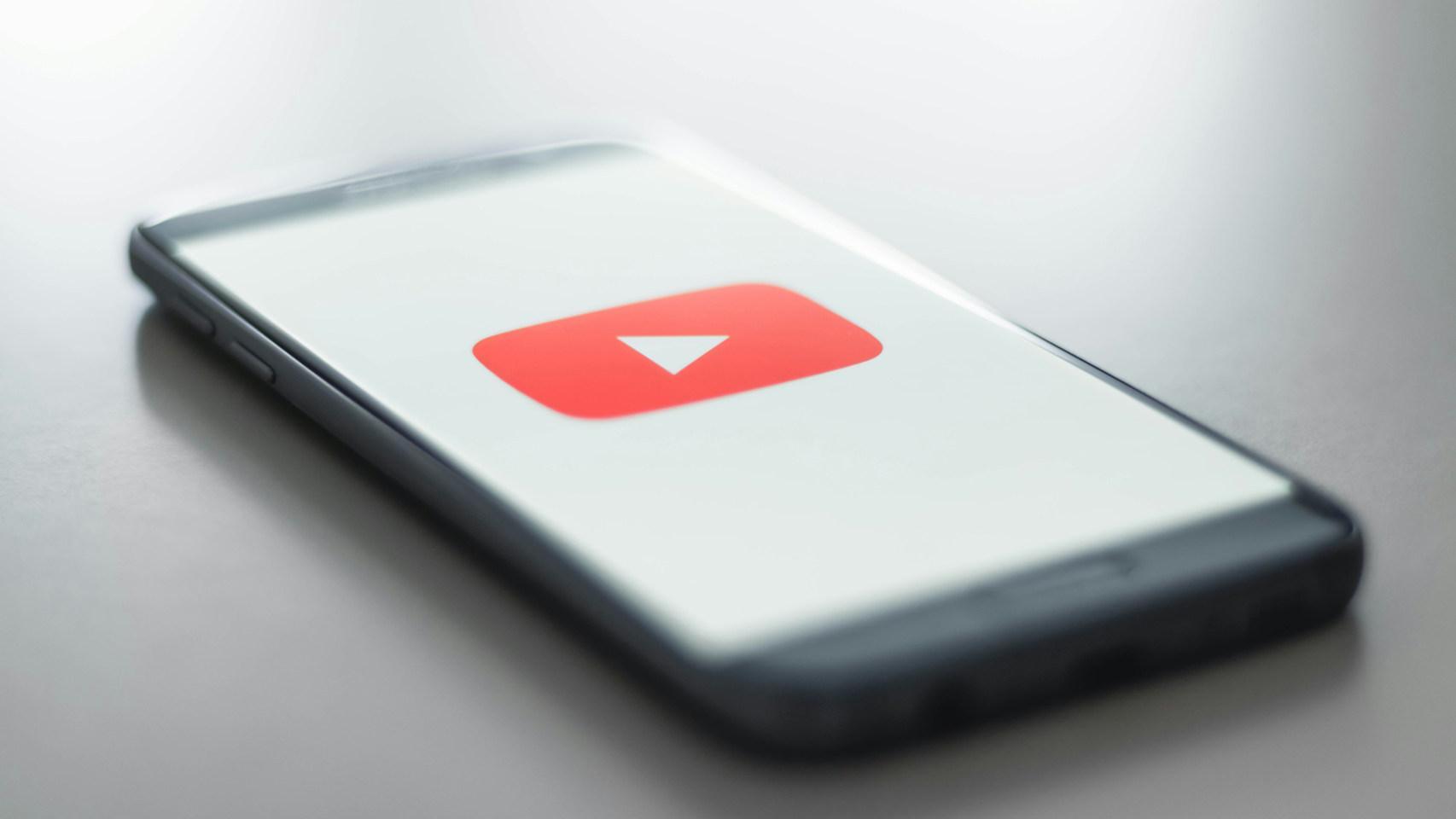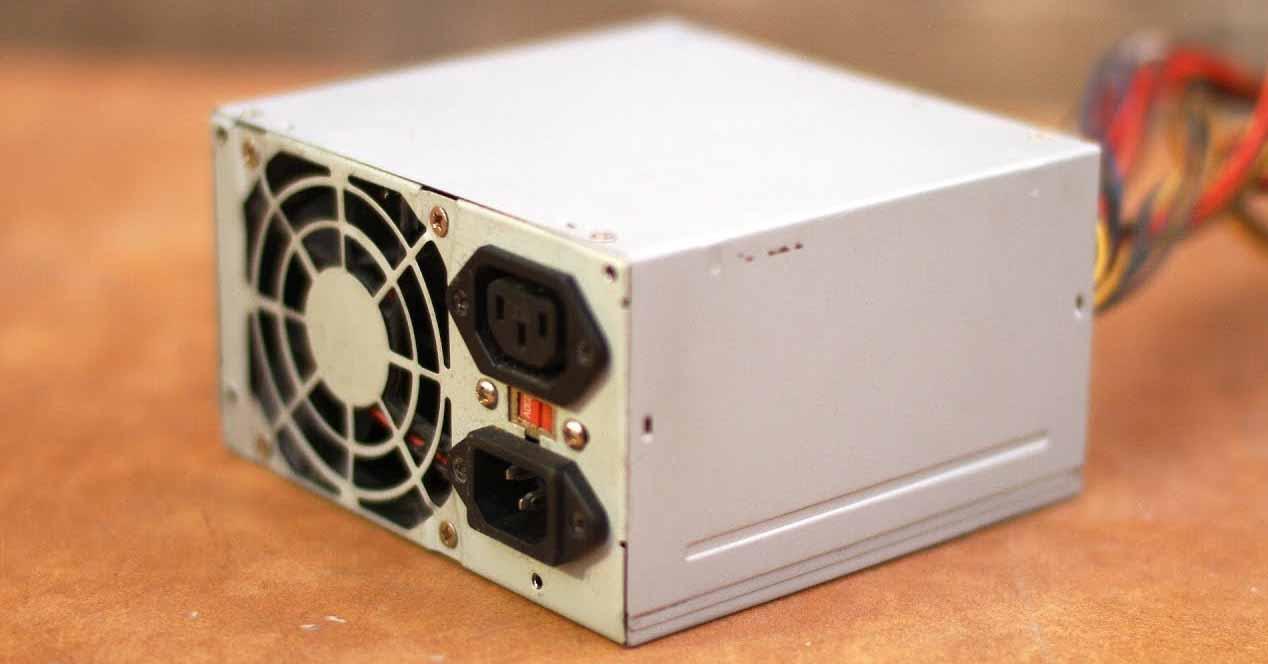Most mobiles in Europe have significantly improved their multimedia experience in recent years. Large screens are much more prevalent than a few years ago, and sound technologies have improved dramatically as well.
Beyond the use of dual speakers for stereo sound, increasing the volume or dynamic range, there is an area that often goes unnoticed but is of great importance to the user experience, such as latency. sound.
Sound latency has improved dramatically in recent years
Latency is a measure that has several uses in technology, but they all start from the same assumption. It is a measurement that indicates The delay which has some action. When you play an online video game, for example, it is the time that elapses between when you press a button and the action occurs in the game.
It also has a great impact in the field of multimedia. If you are watching a video on your mobile and the audio latency is high, you will notice that the action takes place completely out of sync. An example would be with an action movie, in which you see an explosion and hear it later. The feel ing is not entirely pleasant.
Android had a sound latency issue since its origins. We are not just talking about headphones with bluetooth technology, but the latency of your mobile speakers or the headphone jack. This was a problem to be addressed by Google, and in a moment of reflection, it seems that over the past 4 years the situation has improved significantly.
To verify this, Google considered which were the most used mobiles of 2017 and the most popular in 2021. Taking an average, we see that the average latency in Android has increased from 109 ms to 39 ms than the most popular mobile phones. most popular average from 2021.
As anecdotal data, in the charts we can see that the high end is almost extinct among the most popular mobiles of 2021, so we cannot blame the improvement that people are now buying more expensive mobiles as the reason. main, because it is the opposite. Another interesting fact is that the only top of the range popular in 2021 is the Galaxy S8, with 28ms audio latency demonstrates Samsung’s great improvement over the S3, which had 258ms of latency.
What has happened in those 4 years to improve audio latency so much
- 2016: Google is starting to work directly with manufacturers to reduce latency.
- 2017: The AAudio API for high performance audio is here.
- 2018: Oboe is here, a library written in C ++ for better sound performance.
- 2020: The OpenSL sound library is deprecated.
- 2021: Oboe exceeds 4,000 million downloads.
One fact that Google wanted to highlight and which apparently has nothing to do with the overall improvement is the arrival of the Google Pixel 3A. This mobile becomes the first mobile to achieve a sound latency of 10 ms, a level of excellence that seemed impossible to achieve on Android.
On Android latency and the 10 millisecond problem
Android latency has a real problem, and today we take you through what that problem is in detail. Discover.
Análisis Xiaomi Redmi Note 10 Pro
OPPO and Android 11: it’s Color OS 11
3 reasons to buy a gaming mobile
Android 11, Xiaomi and MIUI 12
We analyze Android 11 in Samsung mobiles
PocoPhone POCO M3 review
Review Samsung Galaxy S21 Ultra
Samsung Galaxy A42 review
We tested the Samsung Galaxy S21
Xiaomi Redmi Note 9T review
5 + 1 Android mobiles for less than 300 dollars to offer
Android 11 analysis on Vivo mobiles










